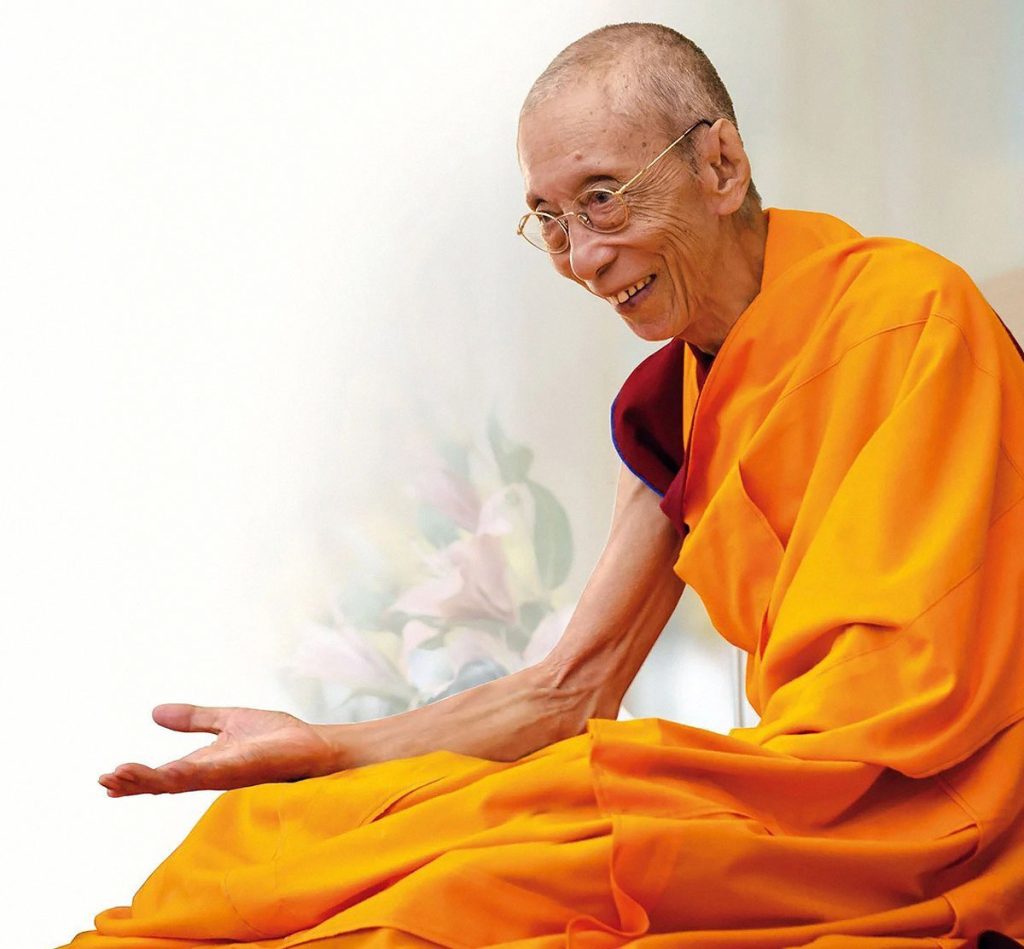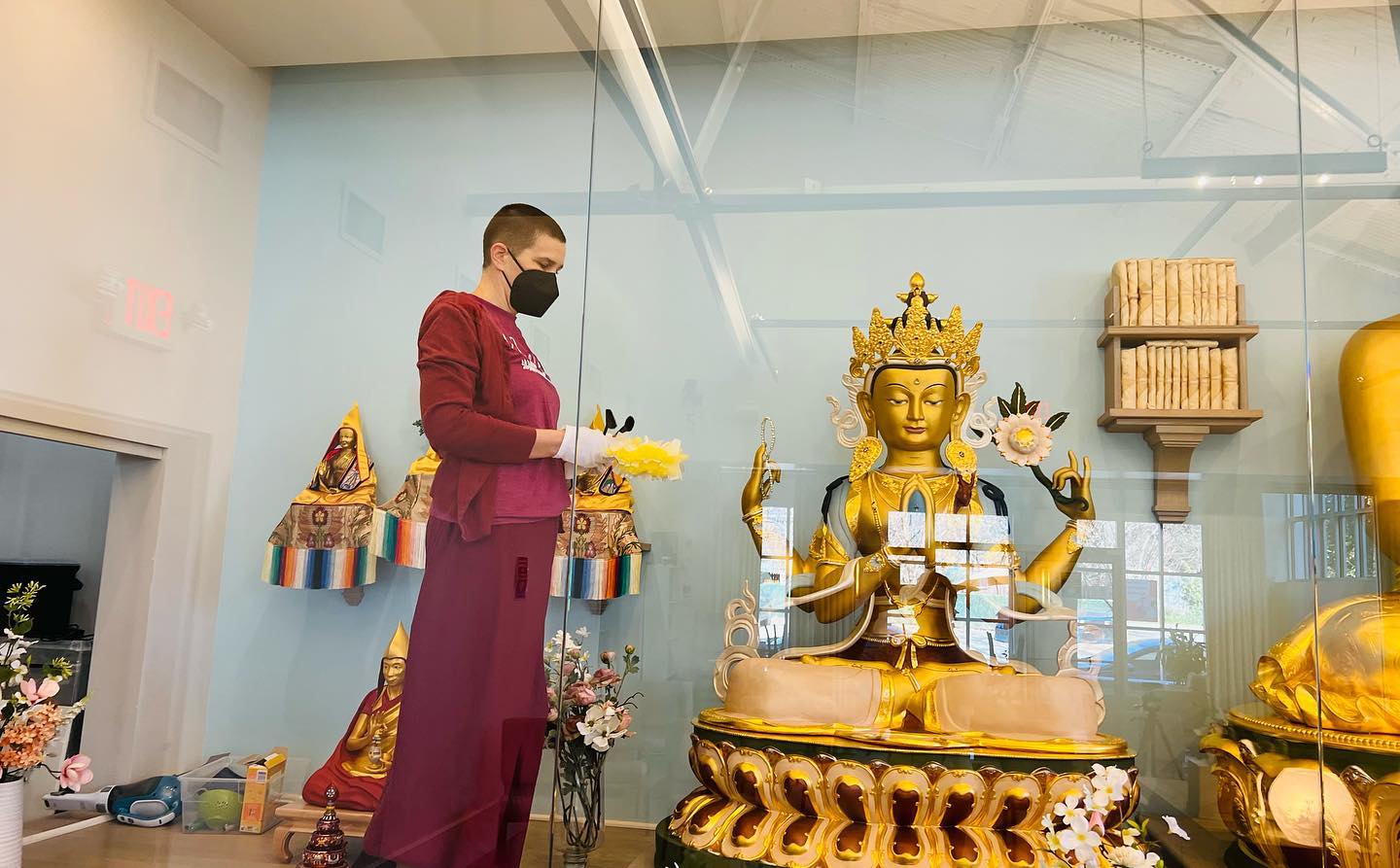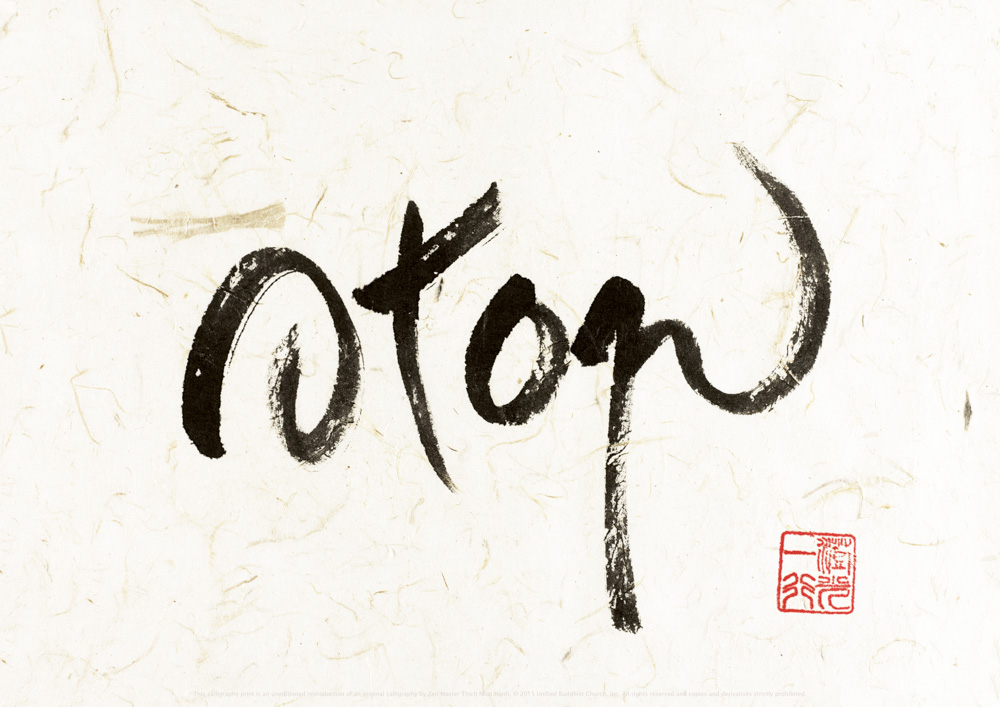Geshe Kelsang Gyatso, Founder of the Controversial New Kadampa Tradition, Has Died
The leader of a group that separated from the Tibetan Buddhist Gelug school decades ago was at the heart of the “Shugden conflict” and made headlines for swift growth, denouncement of the Dalai Lama. The post Geshe Kelsang Gyatso,...

The leader of a group that separated from the Tibetan Buddhist Gelug school decades ago was at the heart of the “Shugden conflict” and made headlines for swift growth, denouncement of the Dalai Lama.
By Tricycle Sep 23, 2022 Photo courtesy the New Kadampa Tradition
Photo courtesy the New Kadampa Tradition
Geshe Kelsang Gyatso, a monk, author, and founder of New Kadampa Tradition-International Kadampa Buddhist Union (NKT-IKBU), died on September 17 at age 91.
New Kadampa Tradition, which split with the Gelug school of Tibetan Buddhism in 1991 over the Dalai Lama’s direction to stop worshiping the deity Dorje Shugden, has grown swiftly worldwide in the last few decades, stirring controversy with its continued denouncement of His Holiness the Dalai Lama, as well as claims of cult like behavior and financial impropriety.
To his students, Kelsang Gyatso was a quiet and “humble monk” who “holds the very essence of Buddhist teachings in his heart” and presents them in “ways that anyone, regardless of nationality, culture, gender, or age can easily understand their meaning and apply them to their modern daily life,” according to NKT’s website.
An announcement on NKT’s website said: “Our most precious Spiritual Guide Venerable Geshe Kelsang Gyatso Rinpoche showed the manner of passing peacefully into the clear light,” and that Manjushri Kadampa Meditation Centre, the tradition’s “mother center” in the United Kingdom, would be closed on September 20 and 21, 2022, for “a short retreat using his special prayer.”
Geshe Kelsang was born in eastern Tibet in 1931, and his biographies indicate that he was ordained as a monk when he was 8 years old. He left Tibet in 1959, the year of the Tibetan uprising, and settled as a refugee in India, where he continued his monastic studies at Sera Je Monastery. (It is disputed whether or not Kelsang Gyatso obtained his geshe degree; Kelsang Gyatso uses the title of “geshe,” the Tibetan Buddhist equivalent of a doctoral degree, and his students refer to him as “Geshe-la.”)
Kelsang Gyatso came to the West in 1977, becoming the resident teacher at Manjushri Institute, a rural Buddhist studies center in northwest England. The center had been established a year earlier by Lama Thubten Yeshe and was associated with the Foundation for the Preservation of the Mahayana Tradition (FPMT), writes Robert Bluck in British Buddhism: Teachings, Practice, and Development (2006).
In the years following, Bluck writes that tensions between Kelsang Gyatso and FPMT leadership developed, and in 1979, Kelsang Gyatso opened a center without approval from the Gelug lamas back in Nepal. Manjushri eventually separated from FPMT.
Kelsang Gyatso spent the late eighties on retreat in Scotland, and emerged with clear ideas for the NKT, which he describes as a “pure” tradition of the Gelug school’s founder Tsongkhapa (1357-1419).
Tsongkhapa, according to Stephen Batchelor in a 1998 Tricycle article, was a “remarkable monk, scholar, and yogin … who drew from all Tibetan Buddhist traditions of his time to create a compelling new synthesis of doctrine, ethics, philosophy, and practice.” In a 2018 investigative feature on NKT for Tricycle, Judith Hertog explained that “Shugden is entrusted with guarding the purity of the teachings of the 14th-century master Je Tsongkhapa, and is said to punish and terrorize wayward monks who take an interest in the teachings of competing Buddhist schools.”
NKT is completely separate from FPMT and the Gelug school, and Kelsang Gyatso is the only ethnic Tibetan associated with the sect. The organization is open to both monastics and lay people. Central distinctions include teacher-training programs developed by Kelsang Gyatso to replace geshe education, which includes rote memorization of the founder’s teachings, prayers translated into English, and worship of Dorje Shugden.
Dorje Shugden is viewed by NKT as a protector deity, Buddha, and protector of the Gelug tradition, and the figure has divided the school for more than a century. In an ecumenical move aimed at uniting the Tibetan community in exile, the Dalai Lama first advised against public practice around Dorje Shugden and eventually against Dorje Shugden worship altogether.
Kelsang Gyatso and his followers, however, doubled down on Dorje Shugden worship, expanding it from “a private puja for monastics to the whole Manjushri community,” in 1986 giving public initiations, according to Bluck.
The “Shugden controversy” intensified in the mid- and late 1990s. In 1996, the Dalai Lama’s London visit was met with NKT protesters outside the UK Office of Tibet, who alleged human rights violations by the Dalai Lama and persecution of the Shugden worshippers. The next year, Shugden worshippers were implicated for the brutal stabbing murders of Geshe Lobsang Gyatso, a prominent Gelug monk and founder of the Institute of Buddhist Dialectics, and his two students. A decade later, Interpol issued notices to China, where the alleged killers were living. (It should be noted that the alleged killers were Shugden worshippers, not NKT members.)
Protests against the Dalai Lama continued in the early 2010s, organized by a group called International Shugden Community (ISC), which often drew NKT students and monastics and picketed many of the Dalai Lama’s Western visits. In 2015, Shugden supporters protested the Dalai Lama’s appearance at a prayer breakfast in Washington, DC. An unnamed Shugden supporter at the protest suggested the Dalai Lama might actually be a Muslim; ISC literature often called His Holiness the “false Dalai Lama” and the “worst dictator in the modern world.” ISC disbanded in 2016; though the group did not give an official reason, the move came after Reuters revealed a financial link with the Chinese government.
Throughout these controversies, NKT has continued to attract new members and has opened more than 1,300 centers since 1991 across the West. The organization has built six temples for world peace in the UK, US, Spain, Brazil, and Portugal. As Hertog previously reported for Tricycle, the British nonprofit organization INFORM, which investigates new religious movements, found “the NKT’s finances in Britain have been able to grow through shrewd real estate investments financed by member donations and properties restored through volunteer construction work,” and that NKT has “regularly tried to silence critics by using British libel laws as a threat.”
Kelsang Gyatso had not made any public appearances since 2013, and the organization has said he had been in strict retreat.
♦
Related links:
Tricycle’s 1998 Special Section about the Dorje Shugden controversy, Deity or Demon?
![]()
Thank you for subscribing to Tricycle! As a nonprofit, we depend on readers like you to keep Buddhist teachings and practices widely available.
This article is only for Subscribers!
Subscribe now to read this article and get immediate access to everything else.
Already a subscriber? Log in.

 Tekef
Tekef 






























